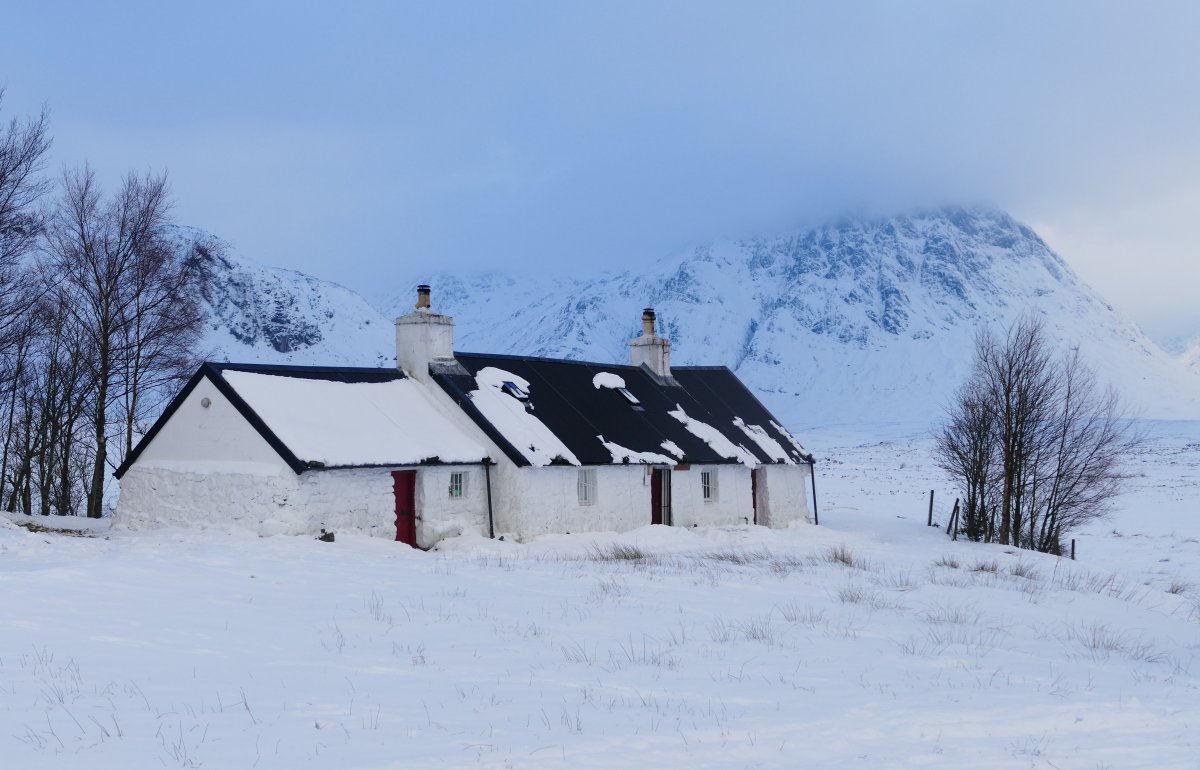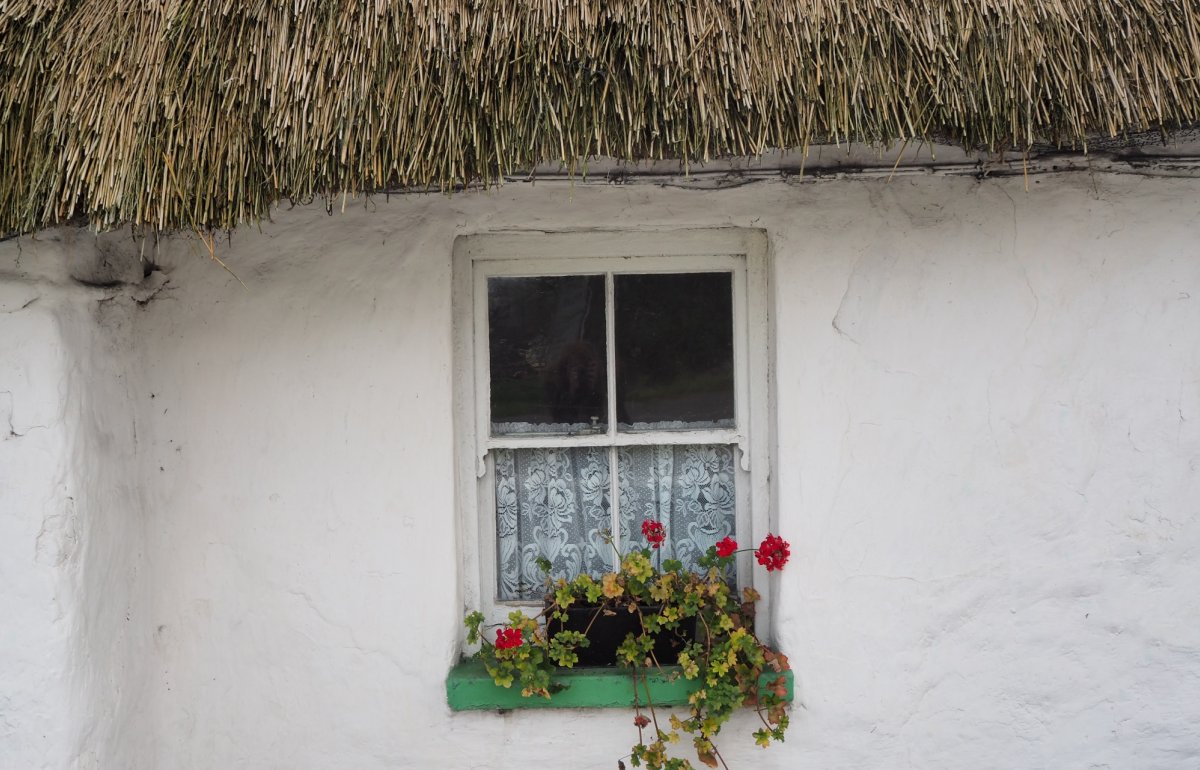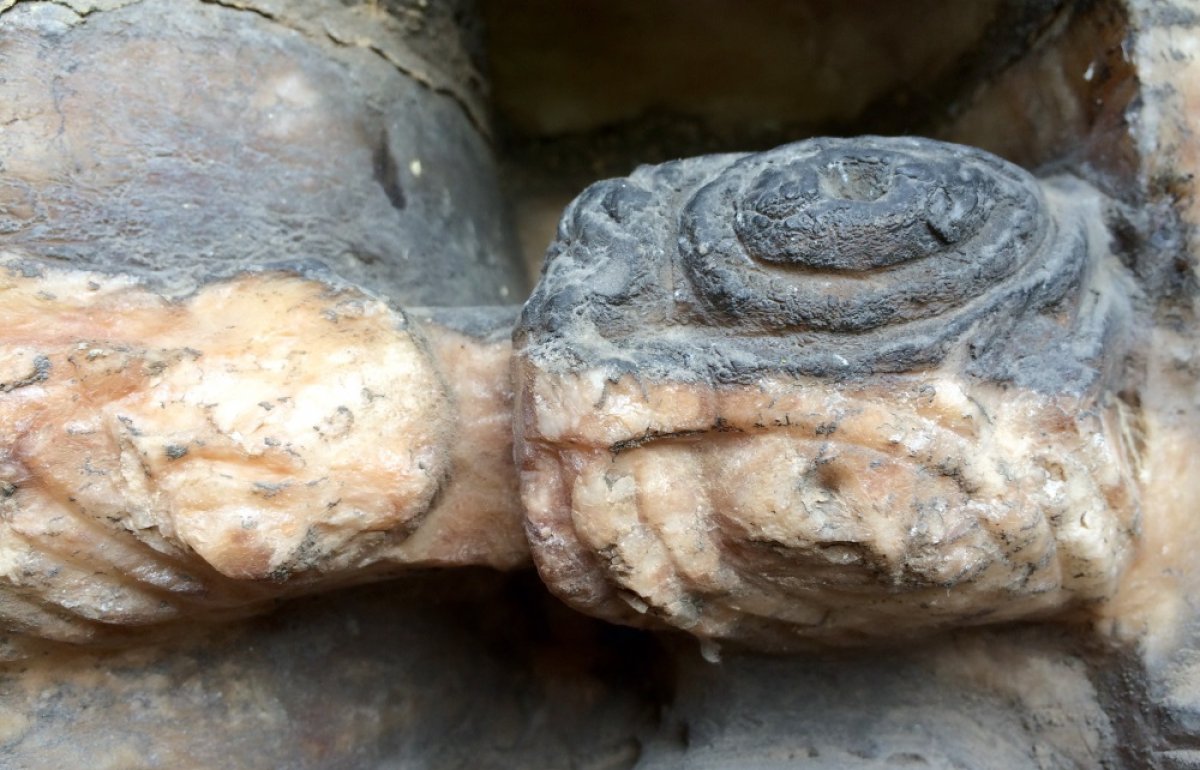Research into water-repellents on solid walls
Share on:
The SPAB is collaborating with University College London (UCL) to offer a funded PhD placement that will research the long-term performance of traditional, solid walls treated with water-repellent surface treatments. Our expertise and advice on the care of old buildings is based on practical experience and studies over many years, and we are pleased to champion new research.
Although we have not historically supported the use of colourless water-repellents on historic masonry, there is a new generation of ‘breathable’ products that are being increasingly promoted for use on old buildings. The public are asking us about their efficacy and appropriateness, and as a leader in this area we felt it important to be involved with research into these products. This research will add to a wider body of evidence that will inform the SPAB’s position on these products. Joe Orsi, co-chair of the SPAB Technical and Research Committee, will act as the industrial supervisor in an unpaid role.
Our Technical Panel, which guides our research and advice, will not support the use of these products until there is clear evidence about how they affect old buildings. The research will be run by the Resilience and the Built Environment team at UCL. We wish to make clear that the results will not be influenced by commercial interests, and will follow robust and recognised academic protocols. The details of the study are to be decided.
The use of water-repellent products is often promoted to reduce the moisture content of walls and improve their thermal efficiency. However there is uncertainty about the effects of water-repellents on the long-term performance of walls, including their vapour permeability (‘breathability’), as well as building energy performance and occupants’ health.
In particular, the research will address the following questions:
- What evidence already exists in relation to water-repellent surface treatments in traditional solid walls?
- What is the influence of these treatments on the pore structure of material usually found in external walls of traditional buildings?
- What is the influence of these treatments on the improvement of the thermal transmittance of solid walls?
- What is the long-term hygrothermal performance of solid walls with water-repellent surface treatments?
- What are the long-term harmful and positive effects on solid walls with water-repellent surface treatments? And what are the long-term harmful and positive effects on reapplying water repellents?
- What is the influence of water-repellent surface treatments on the indoor air quality and energy performance of a solid-walled building?
Funded with assistance from the Engineering and Physical Sciences Research Council (EPSRC) through the EPSRC Centre for Doctoral Training in Energy Resilience and the Built Environment (ERBE CDT) at UCL, the project will be supervised by Drs Hector Altamirano and Valentina Marincioni, from the UCL Institute for Environmental Design and Engineering, and Joe Orsi, on behalf of the SPAB and Safeguard, the two industry sponsors who are each providing small contributions of £3750 p.a.
Sign up for our email newsletter
Get involved



